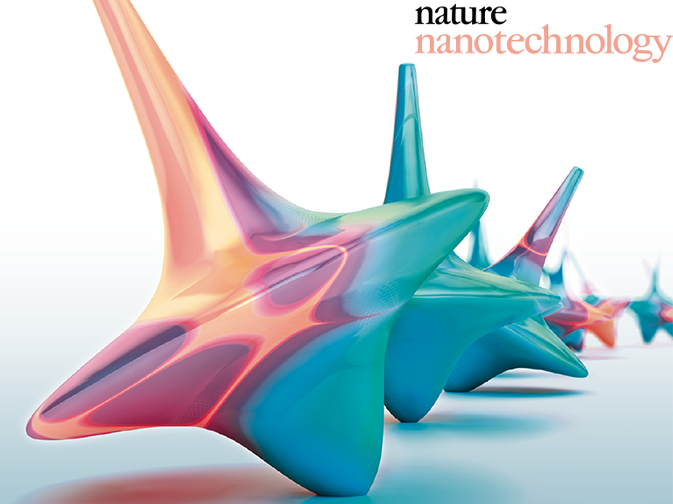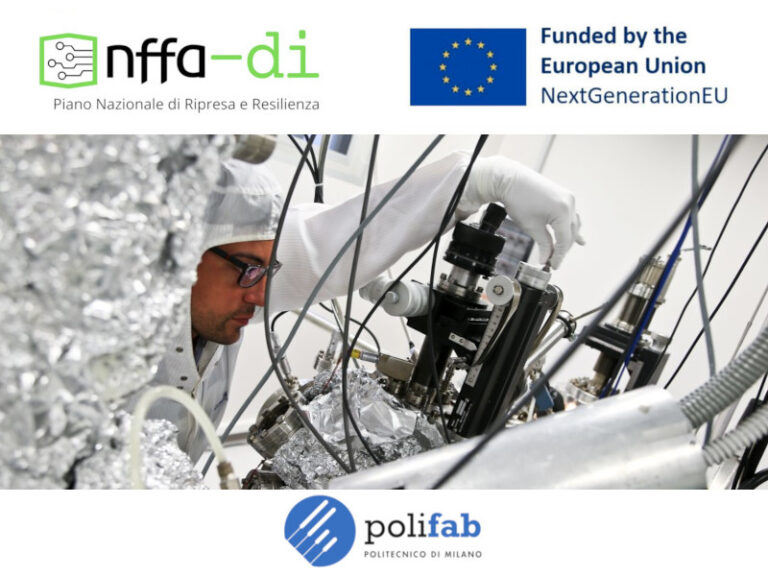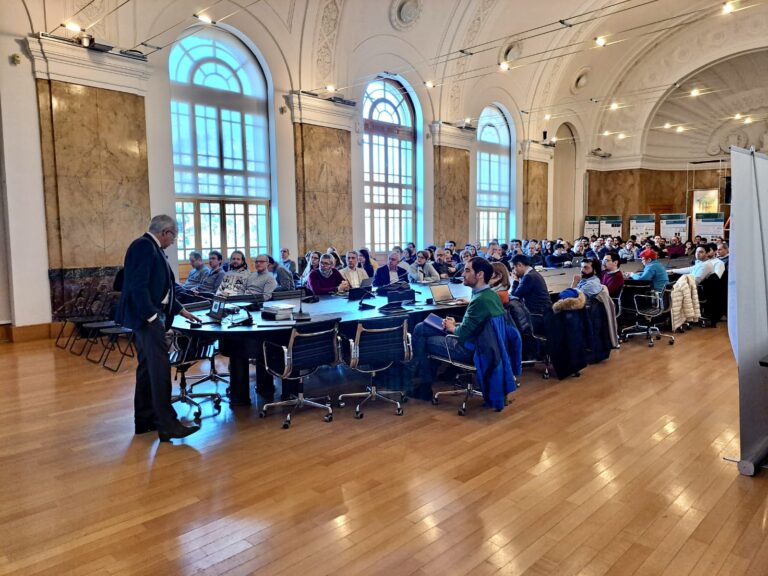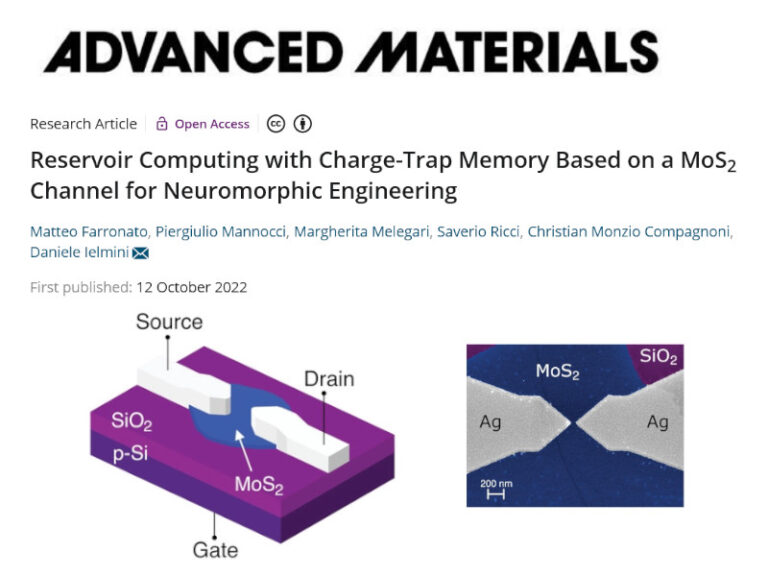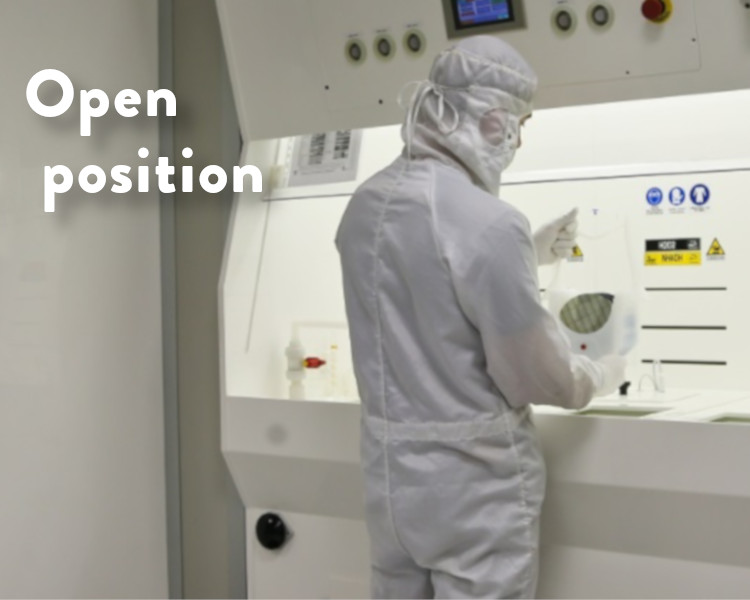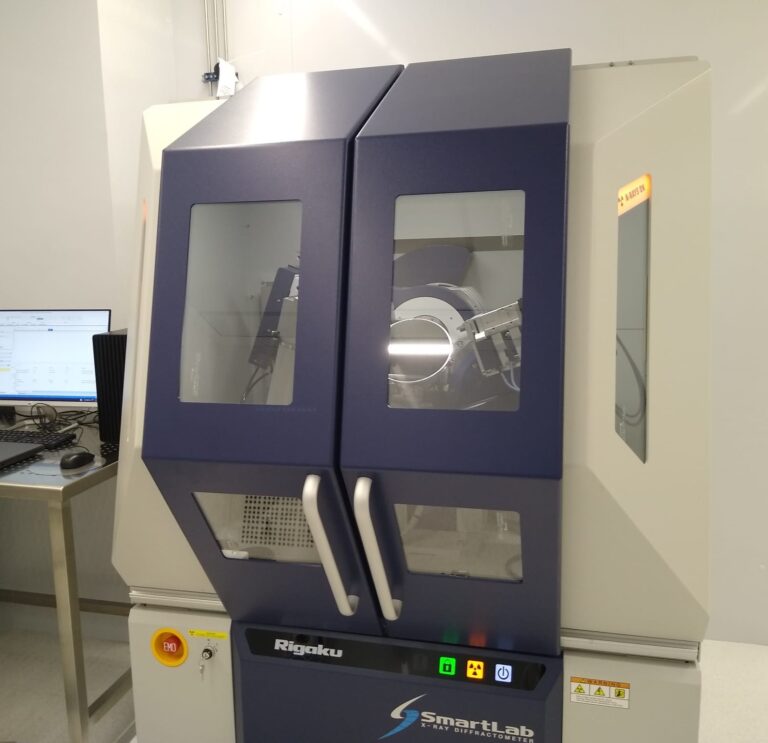The cover of the June issue of Nature Nanotechnology is dedicated to a reaserch born and developed at PoliFab by researchers of the Nanomagnetism group of Politecnico di Milano, headed by Prof. Riccardo Bertacco, in collaboration with the group of Prof Elisa Riedo, firstly at the Georgia Institute of Technology (Atlanta) and now at CUNY-ASRC (New York), the CIC nanoGUNE (Donostia-San Sebastian), CNR-IOM, University of Perugia and the researchers from the University of Illinois Urbana-Champaign (Urbana).
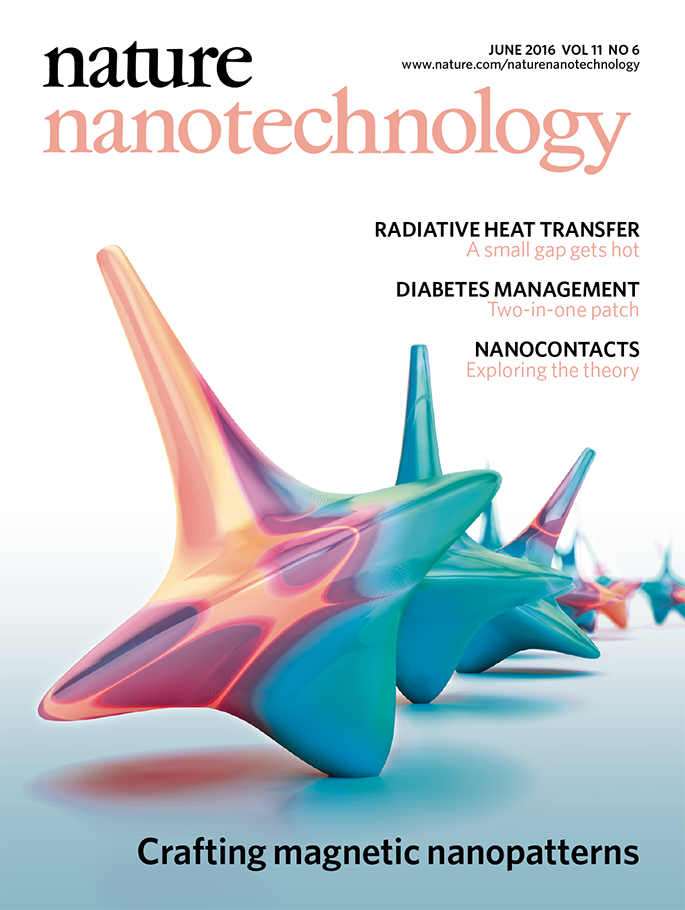
“The technique called Thermally assisted magnetic scanning probe lithography (tam-SPL)- says Edoardo Albisetti, postdoctoral researcher – makes it possible to craft, at the nanoscale, the magnetic properties of films involved in forthcoming microchips as if one was writing on a blackboard, with the possibility of modifying, deleting and rewriting the desired traces. Indeed, the material does not undergo any morphological or chemical alteration, therefore the patterning is fully reversible and reconfigurable.”
Daniela Petti explains the advantages of the new methodology: “It enables us to produce magnetic materials, structures and devices with a flexibility hitherto unavailable. It may be applied to the realization of new devices, based on active magnetic elements that add new functionalities to conventional electronic circuits on which microchips are based.”
In order to demonstrate the potential of the method, devices for the selective excitation and propagation of spin waves (magnons), have been fabricated at Polifab.
The full version of the study is available at this link.
